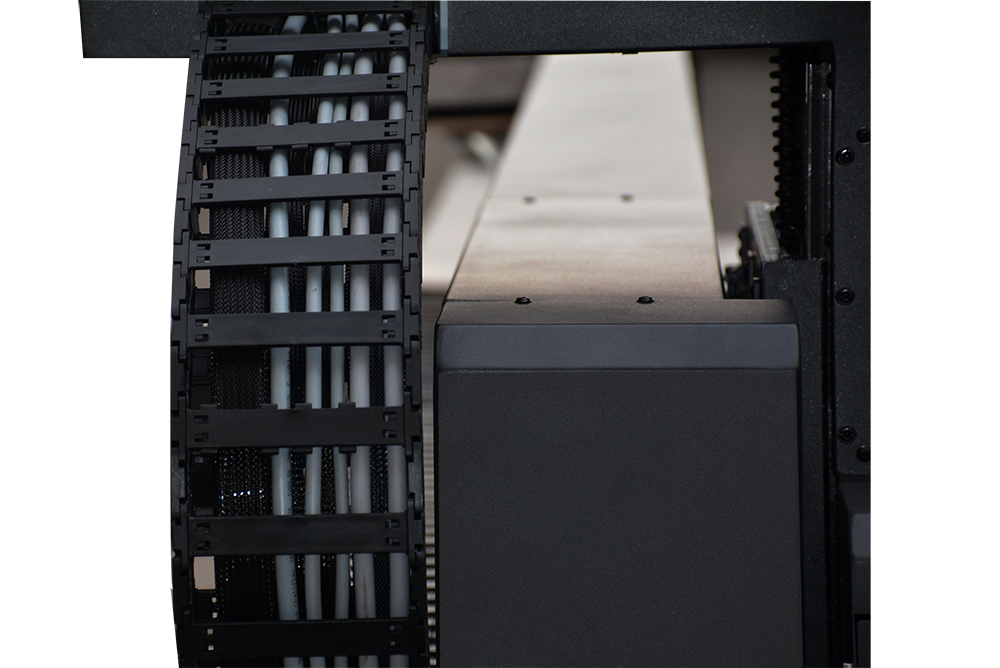How Does Print Resolution Affect Image Quality in UV Flatbed Printers
In the realm of digital printing, UV flatbed printers have emerged as versatile and powerful tools capable of producing high-quality images on a wide range of substrates. From rigid materials like glass and metal to flexible ones such as vinyl and fabric, these printers have revolutionized the printing industry by offering unprecedented flexibility and precision. One of the critical factors that determine the image quality produced by UV flatbed printers is print resolution. Understanding how print resolution affects image quality is essential for anyone involved in the printing process, whether you’re a professional printer, a graphic designer, or simply someone interested in producing top-notch prints.

Print resolution refers to the number of dots per inch (dpi) that a printer can deposit on a substrate. It is a measure of the printer’s ability to reproduce fine details and smooth transitions in an image. The higher the dpi, the more dots the printer can place within a given area, resulting in finer detail and smoother gradients. However, the relationship between print resolution and image quality is more nuanced than simply choosing the highest dpi setting available.
To begin with, it’s important to recognize that the human eye has a limited ability to resolve detail. While some high-end UV flatbed printers boast resolutions of 1200 dpi or even higher, the difference in image quality between, say, 600 dpi and 1200 dpi may not be noticeable to the untrained eye, especially when viewing the print from a typical viewing distance. Nevertheless, for applications where fine detail is crucial, such as in photographic prints or high-end packaging, higher resolutions can make a significant difference.
One of the ways in which print resolution affects image quality is through its impact on edge definition and sharpness. At lower resolutions, edges may appear jagged or aliased, a phenomenon where stair-like artifacts become visible along curved or diagonal lines. As the resolution increases, these artifacts become less prominent, leading to smoother, more defined edges. This is particularly important in graphic designs where clean lines and precise shapes are essential.
Another aspect of image quality influenced by print resolution is the rendering of gradients and subtle color transitions. Lower resolutions can result in banding, where abrupt changes in color are visible instead of a smooth transition. Higher resolutions allow for more gradual changes in ink deposition, resulting in smoother gradients and more natural-looking images. This is crucial for photographic prints where the ability to accurately reproduce a wide range of tones and colors is paramount.
The choice of ink and the way it interacts with the substrate also play a role in how print resolution affects image quality. UV-curable inks, used in UV flatbed printers, are known for their fast drying times and durability. However, the way these inks spread and adhere to the substrate can vary, and higher resolutions can help mitigate issues related to ink bleed or spreading. By depositing smaller, more precise dots, higher resolutions can ensure better ink control, leading to sharper images and more accurate color reproduction.
Moreover, the physical characteristics of the substrate itself can influence how print resolution affects image quality. Some substrates may have textures or pores that can affect ink absorption, leading to variations in image quality. Higher resolutions can help to compensate for these irregularities by providing more dots to fill in the gaps, resulting in a more uniform appearance. However, it’s worth noting that excessively high resolutions may not always be beneficial, as they can lead to over-saturation and a loss of detail in certain areas.
The print speed is another factor that can be influenced by print resolution, albeit indirectly. Higher resolutions typically require more time to print, as the printer must deposit more dots per inch. This can be a consideration for applications where quick turnaround times are essential. Balancing print resolution with print speed is therefore crucial to ensure that the desired image quality is achieved without sacrificing efficiency.
In addition to the technical aspects, the intended use of the print also plays a role in determining the appropriate print resolution. For example, a promotional banner that will be viewed from a distance may not require the same high resolution as a fine art print intended for close inspection. Understanding the end use of the print can help in making informed decisions about print resolution and optimizing the printing process accordingly.
Advancements in UV flatbed printer technology have led to the development of sophisticated algorithms and printing modes that can optimize print resolution for specific applications. These include variable dot technologies, where the size of the ink dots can be adjusted to provide better control over image detail and tone. Such innovations allow for more efficient use of ink and can result in improved image quality, even at lower resolutions.
Furthermore, the quality of the original image file used for printing can also impact the final print quality, regardless of the printer’s resolution. A low-resolution image file will not benefit from a high-resolution printer, as the inherent lack of detail in the image cannot be compensated for by the printer. It is therefore essential to start with a high-quality image file to fully leverage the capabilities of a high-resolution UV flatbed printer.
In conclusion, print resolution is a critical factor that significantly affects image quality in UV flatbed printers. While higher resolutions generally lead to improved detail, sharpness, and color accuracy, the optimal resolution depends on various factors, including the intended use of the print, the characteristics of the substrate, and the quality of the original image file. Understanding these factors and how they interact can help in making informed decisions about print resolution, ultimately leading to higher-quality prints that meet the specific requirements of each application.
